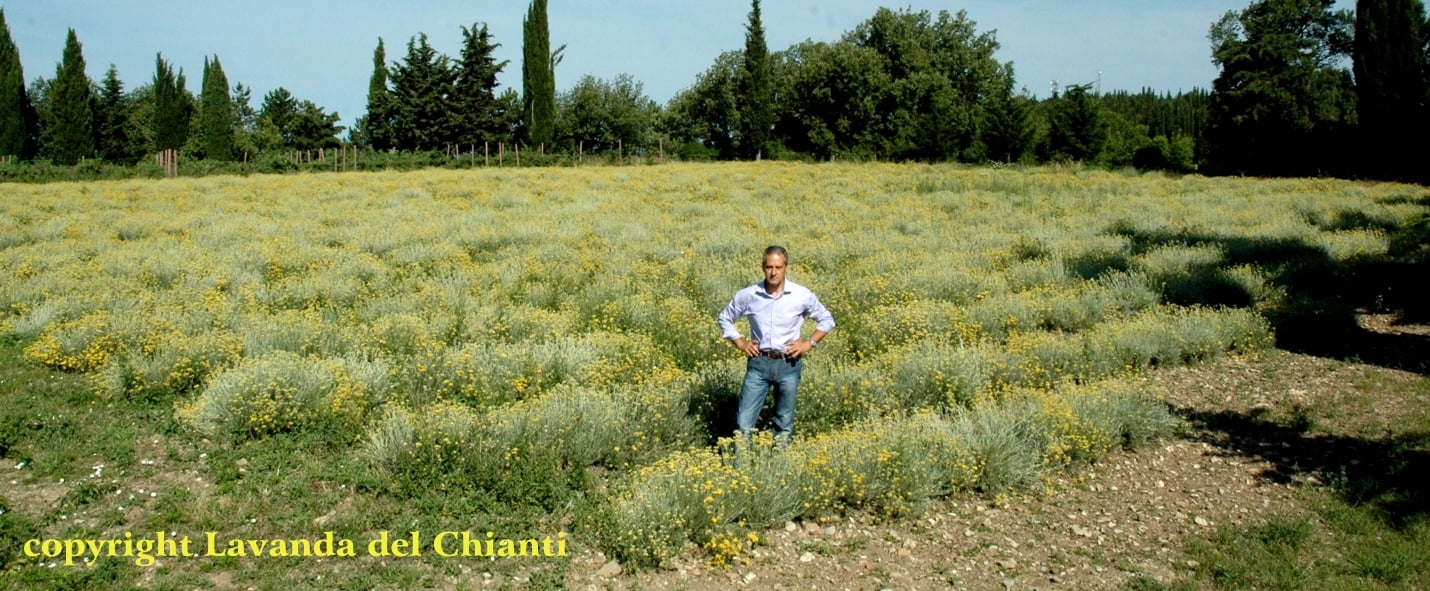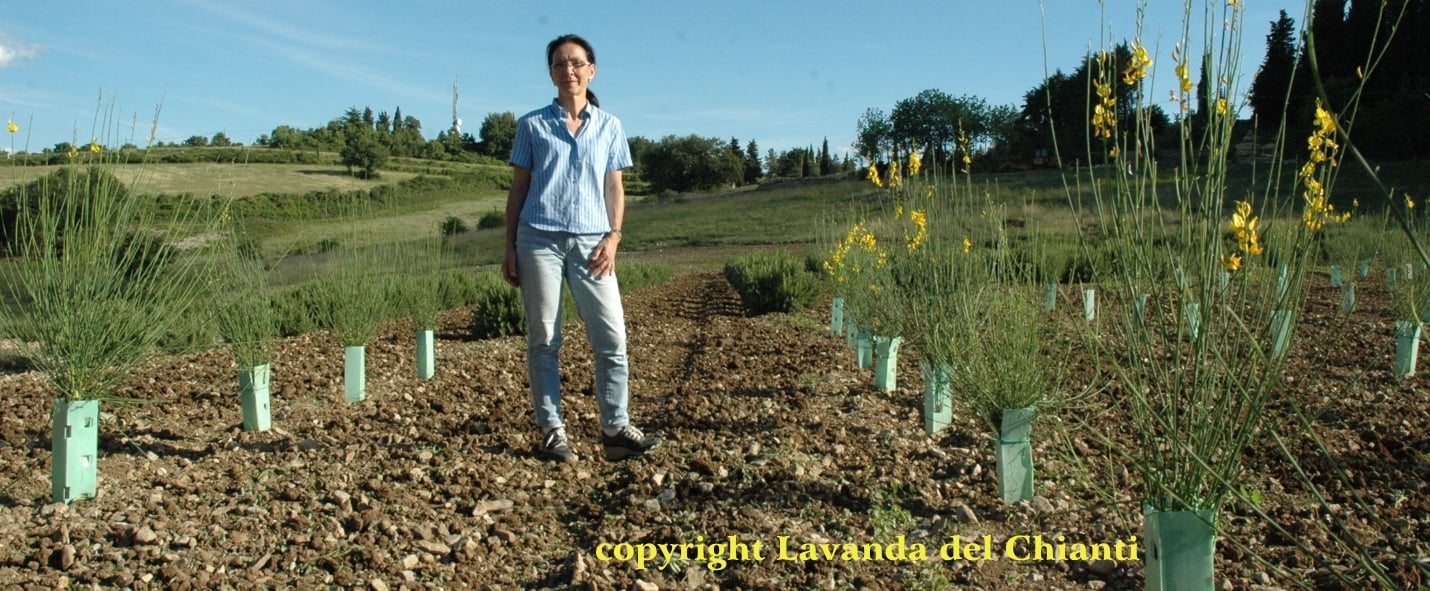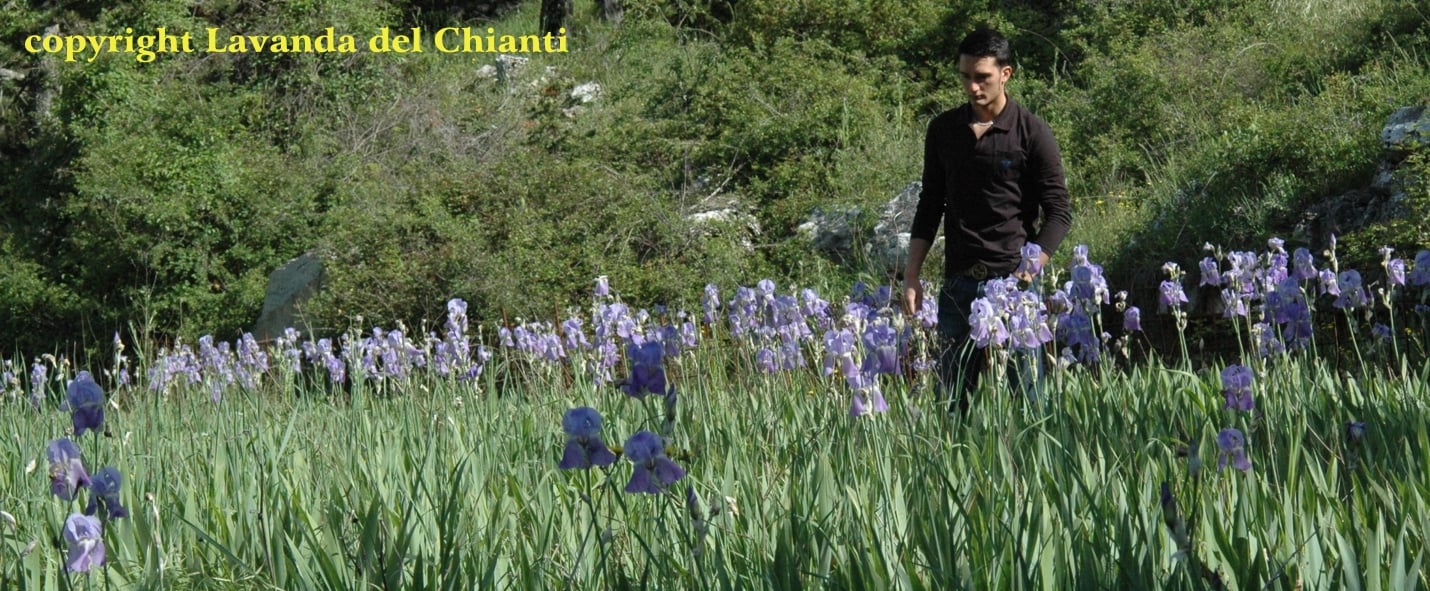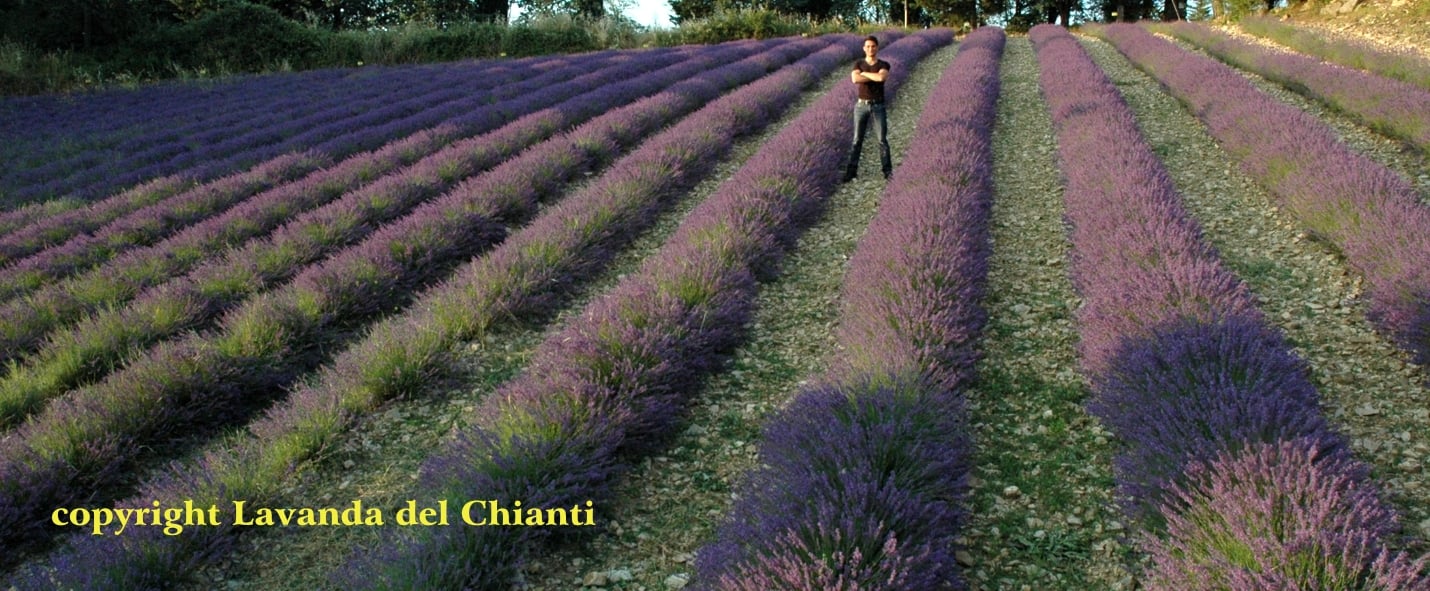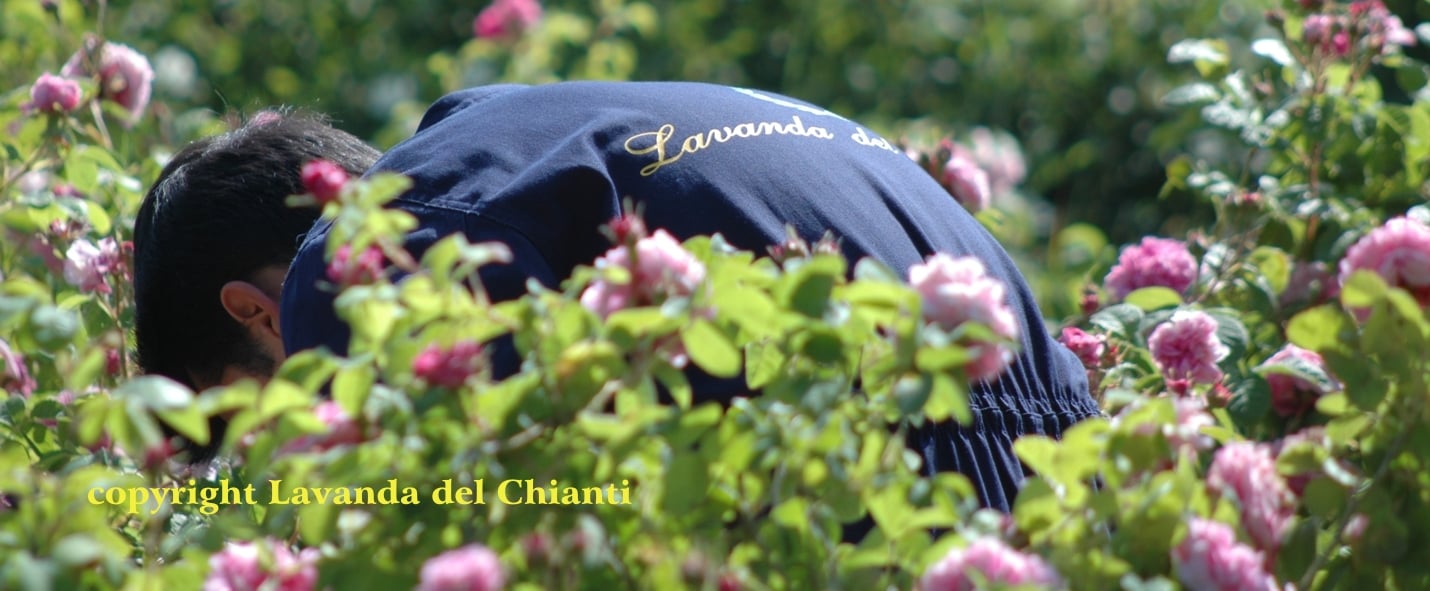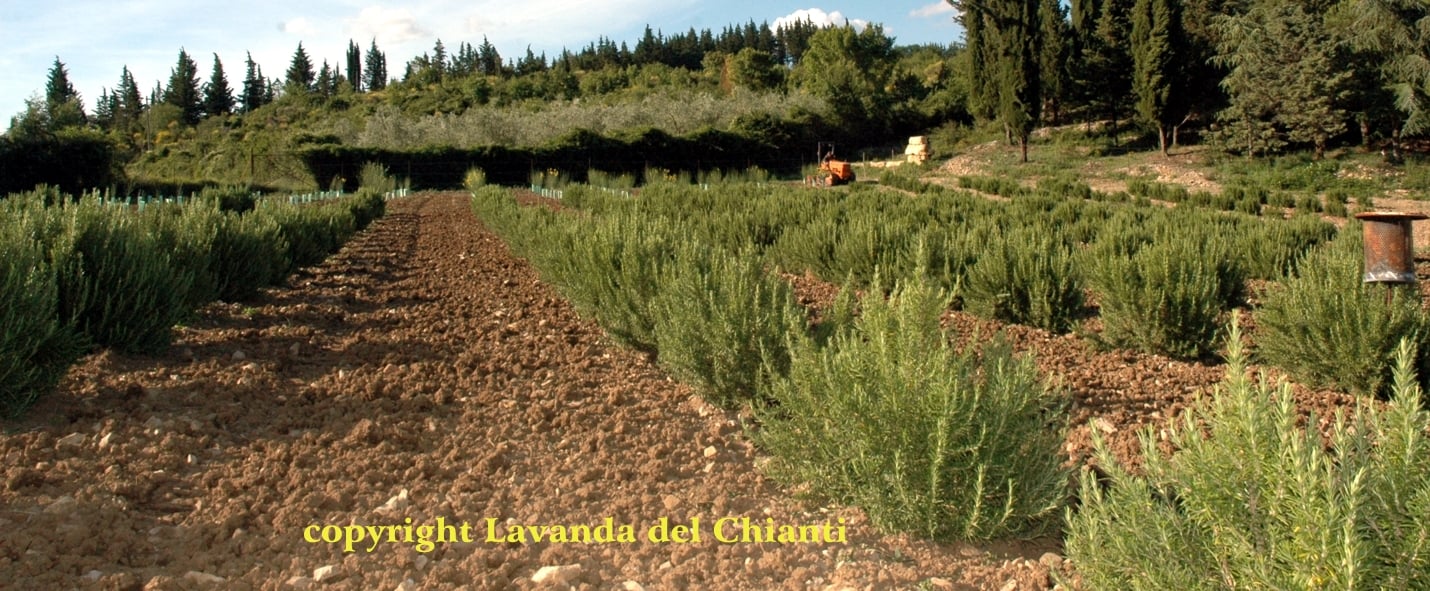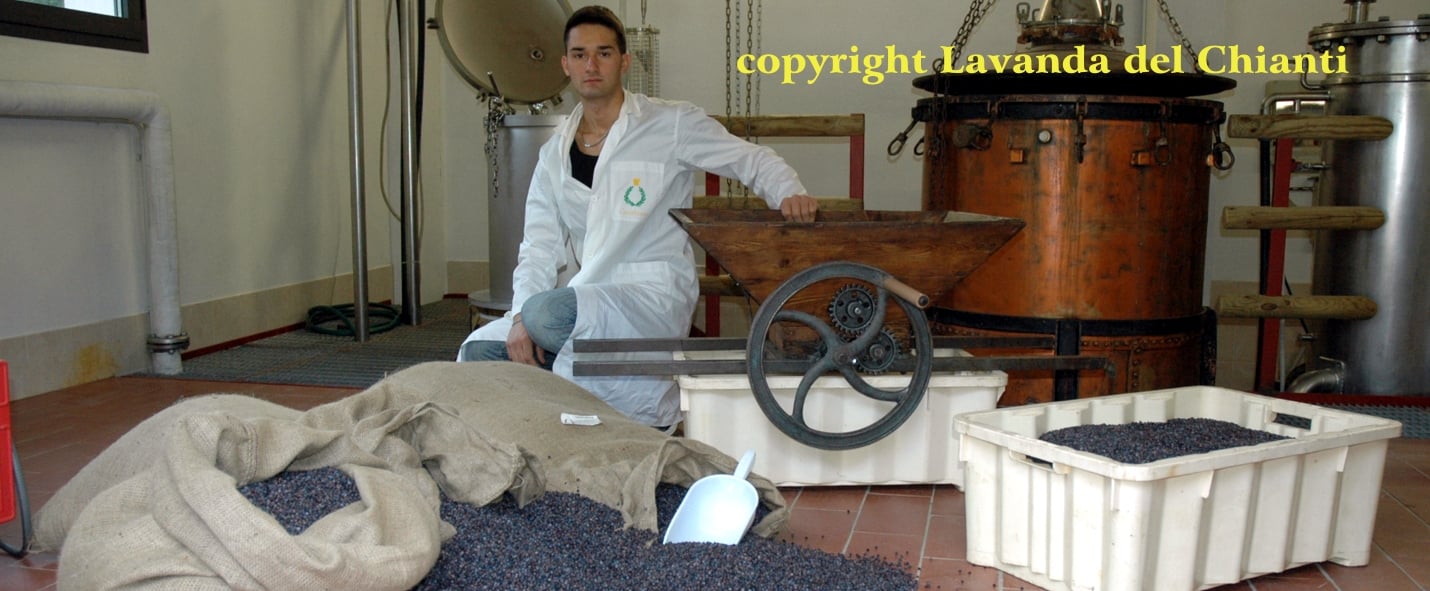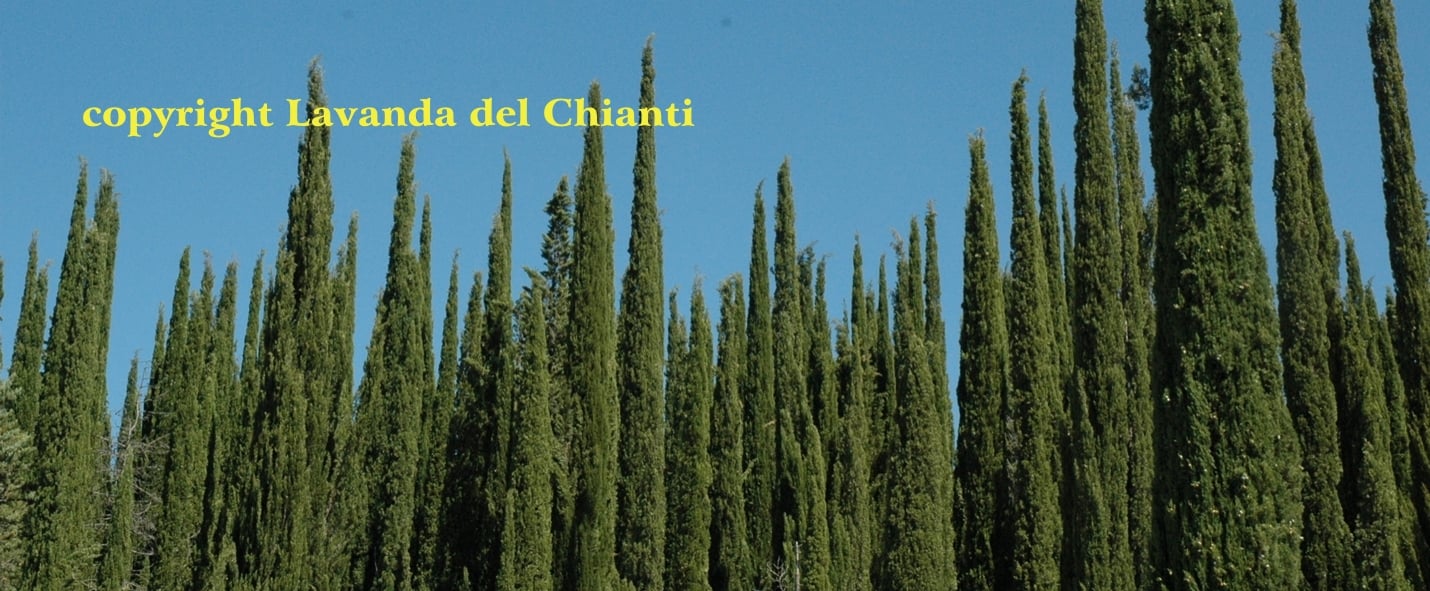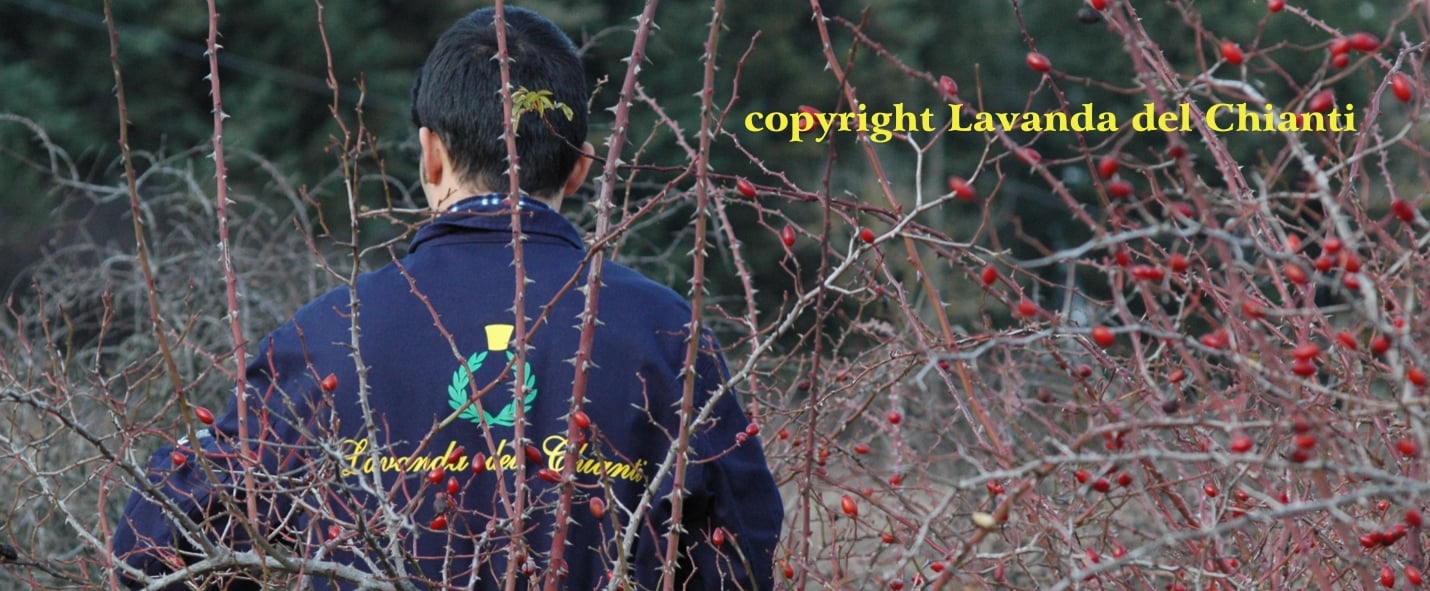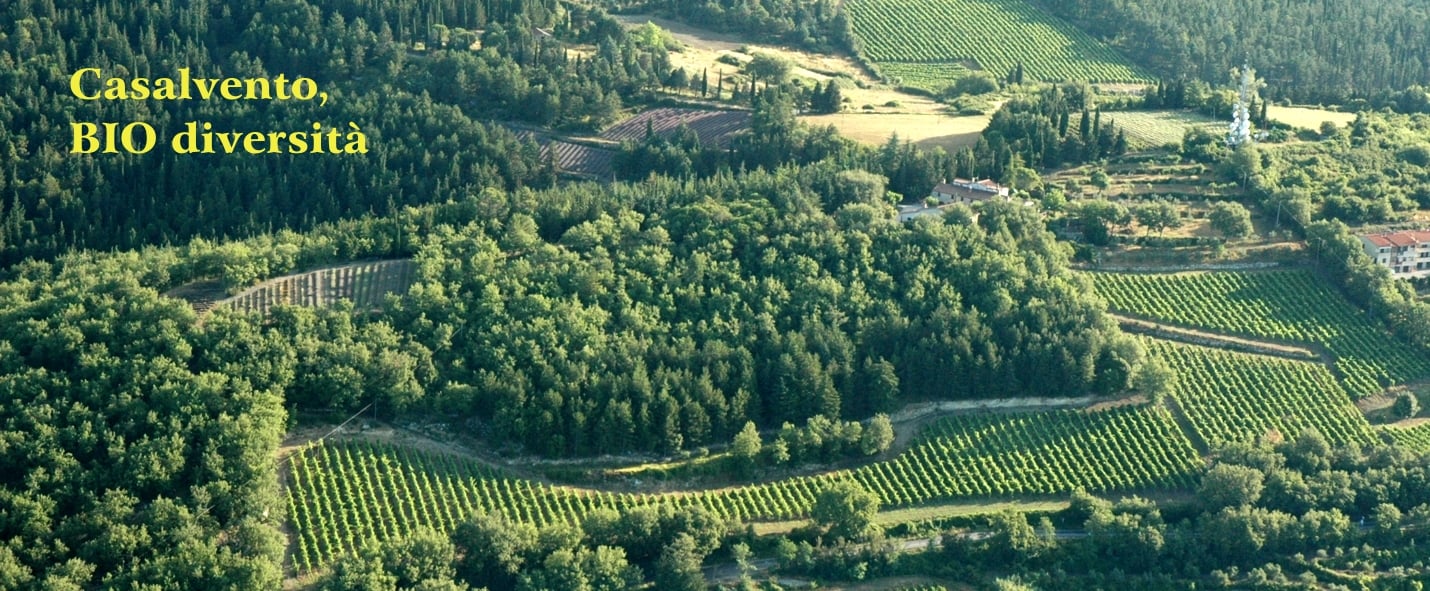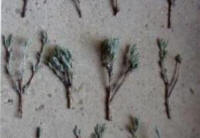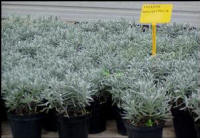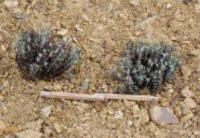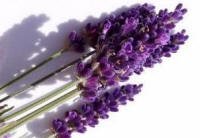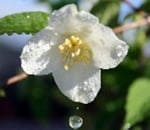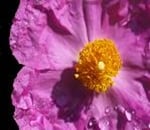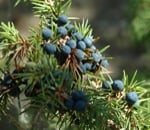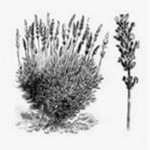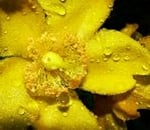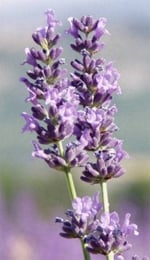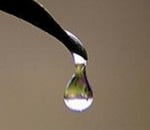Viridarium
At Roman period this name indicated an agricultural area devoted to the cultivation of plants suitable for the treatment of diseases. A Viridarium was found in the excavations of Pompeii and its reconstruction was included in the museum. In Roman times it was the heart of the patrician house, flowers and plants grew in line with a well-groomed architecture. This cultivated space, where pleasant moments were spent, also had a religious and symbolic meaning. The laurel represented heroic wisdom and virtue, the oleander death, the arbutus eternity, the viburnum triumph, the rose love, the purple marriage and the cyst, with its flowers of very short life, the fall of man’s life. Each plant had a sense that went beyond the ornament.
In the following centuries the term and the structure of Viridarium changed in monks’ Hortus Simplicium. In the immediate vicinity of the monasteries, the monastic community cultivated plant species rich in active ingredients (called “simplicia”) from which a specific remedy was made for each disease. In their pharmacies, the monks expert in extraction and dosing individual preparation, elaborated the “composita” remedies intended to cure the most complex diseases. In the monastic life of the monastery, Monachus Infirmarius conveyed his experience because centella, rosemary, sage, myrtle, aconite, mandrake, beautifuldonna, hypericum, colchicum and many others were potent plants, capable of saving a life or killing.
A few centuries later, MODERN PHARMACOLOGY born, with Lavoisier’s chemistry and the numerous progress in technology would relegate to this unforgettable cultural heritage handed down with fatigue for millennia.
The past comes back with strength to our age with ethnobotanics and pharmacology studies that re-evaluate the validity and the importance of NATURALLY ACTIVE PRINCIPLES. The search for new substances in plant species has become increasingly common, and few know that 60% of commercial drugs still have a vegetable origin.
Close to our Extractive Workshop a modern Viridarium hosts spontaneous growth plants suitable for the land and the Chianti climate.


